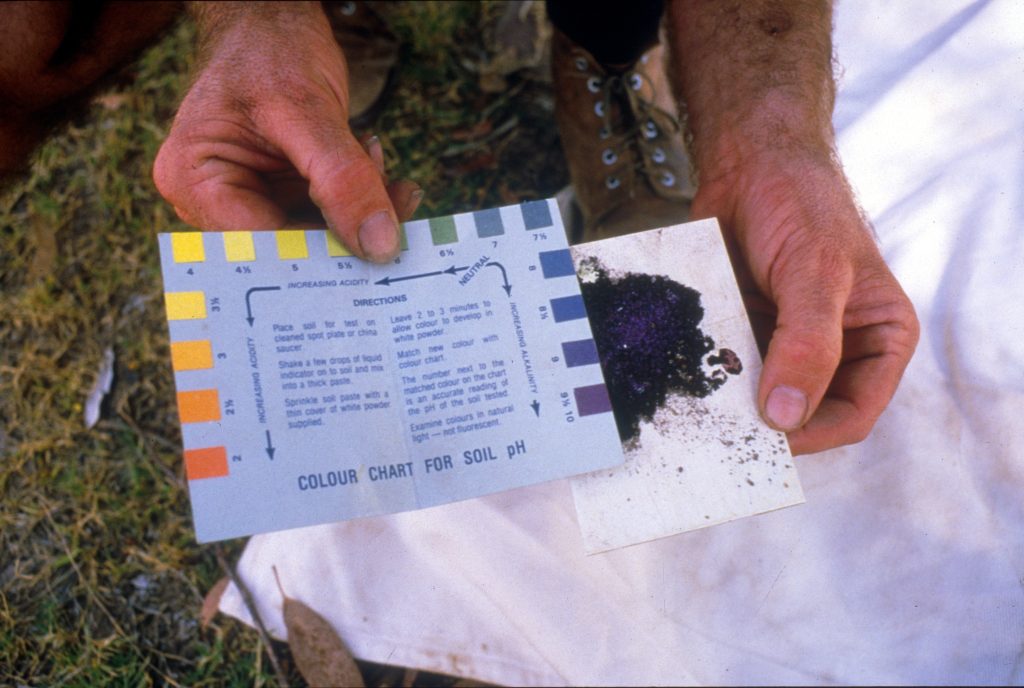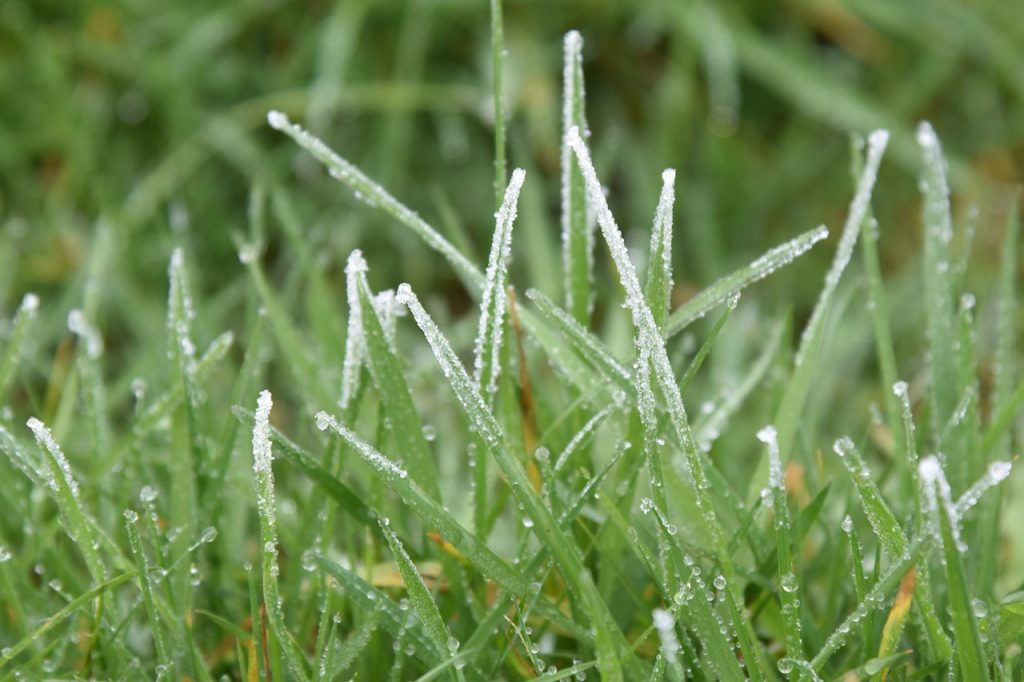Understanding the Why and How of Soil Testing

Regular soil testing is an important part of lawn care and landscape management. Come learn about the why and how!
How to Winterize Your Lawn and the Benefits

Today we’re talking about how to winterize your lawn and the benefits. Fall is an important time for critical lawn care tasks like fertilizing and adding lime. Applying both before winter helps your grass stay healthy when it’s cold and green-up quickly in the spring.
Fall Lawn and Garden Cleanup You Should Be Doing
Tackling fall lawn and garden cleanup is a great way to set your yard up to take off once spring returns.
A FEW OF THE PROJECTS WE COMPLETED THIS YEAR (WITH PICS FOR INSPIRATION!)
Another season, another reason, for making landscaping memories. We’ve had a busy year with our regular mows and services and we’ve also completed some special projects for customers that have transformed the look of their properties dramatically. Come along while we check out just a few… Clearing out years of weeds and adding mulch and […]
Winter Prep: Fall To Do List
[hcolumns] Remember feeling overwhelmed this past spring because it felt like there was so much to do? Clean out garden beds, bring in fresh soil, weed, plant, water, prune, edge, the list goes on and on. We have some great news for you: it doesn’t have to be that hard! We have compiled […]

